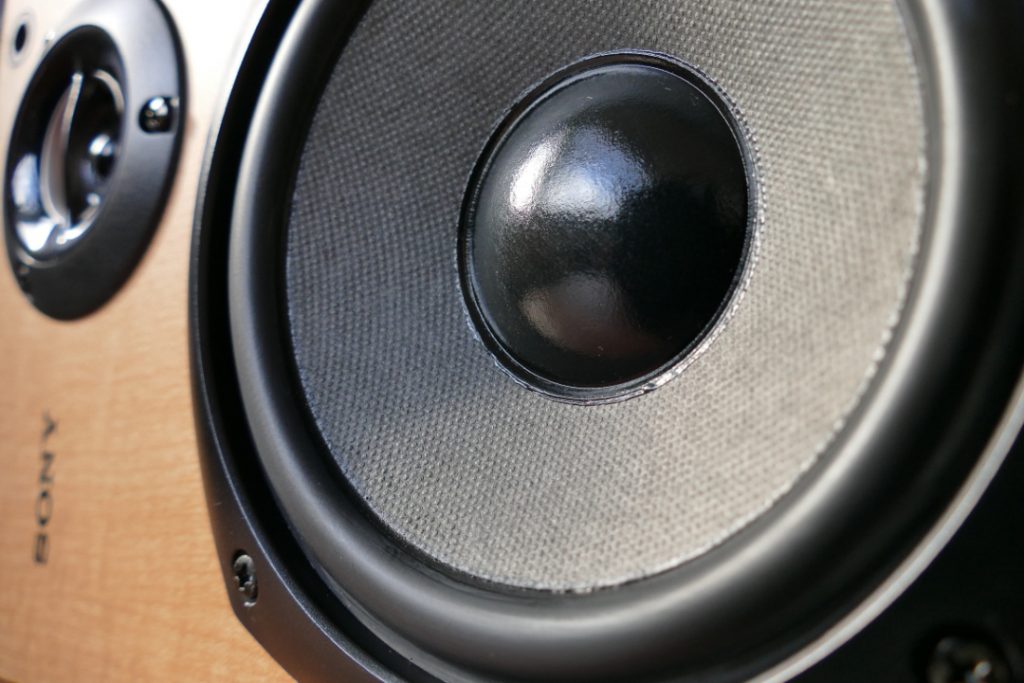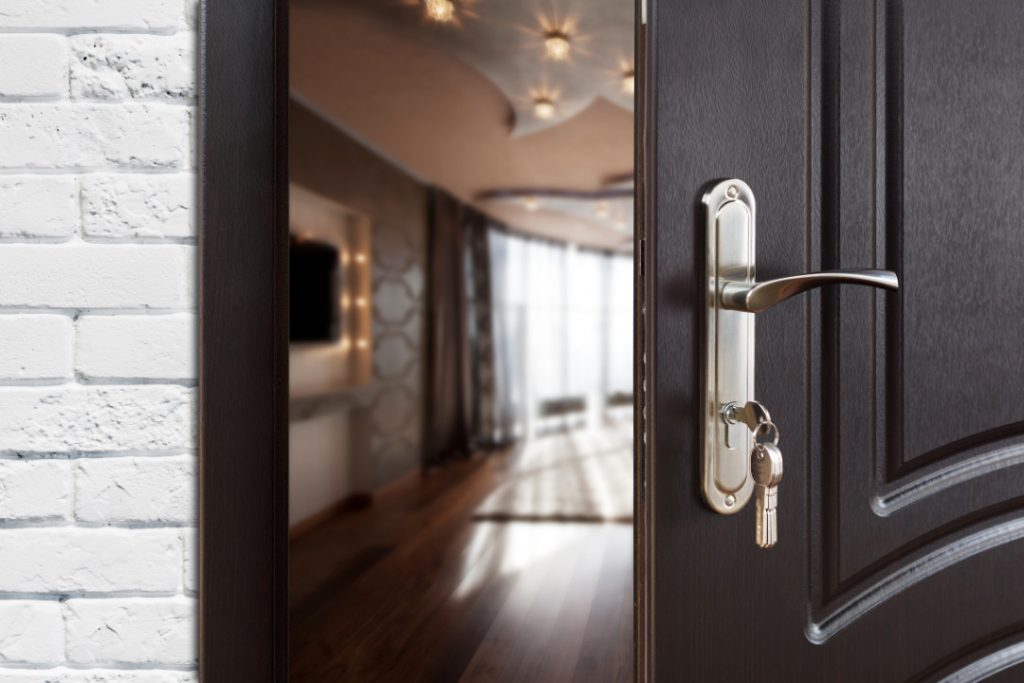Do you have a room in your house that echoes sound? This can be really frustrating, especially if you are trying to watch TV or listen to music. In this blog post, we will discuss some tips on how to reduce sound echo in a room. Hopefully, by following these tips, you will be able to create a more comfortable environment for yourself!
Sound Echo

Most people have heard an echo at some point in their lives. But what exactly is a sound echo? A sound echo is created when sound waves bounce off of a hard surface and are heard again by the person who made the original noise. Basically, it is a reflecting sound.
Echoes can be created by yelling in a cave, clapping your hands in a large room, or even listening to your own voice on a telephone recording. The time it takes for an echo to be heard depends on how far away the reflecting surface is from the person making the noise.
For example, if you clap your hands in a small room, you will likely hear room echoes almost immediately. But if you clap your hands outside, it may take a few seconds for the echo to reach your ears.
The strength of an echo also depends on the reflecting surface. A concrete wall, for example, will create a much louder echo than a carpeted floor.
Benefits Of Sound Echo
Echoes are created when sound waves reflect off of a surface and return to the listener. This phenomenon can be used in a variety of ways, from locating objects underwater to communicating with distant animals.
1. Echolocation
This is perhaps the best-known use of echoes. By making a clicking noise with their mouths, bats and dolphins can determine the location, shape, and size of nearby objects. This ability allows them to navigate in the dark or murky water and avoid obstacles.
2. Animal Communication
Echoes can also be used to communicate with animals that are too far away to hear directly. For example, elephants use infrasound to communicate over long distances. These low-frequency sound waves can travel for hundreds of miles, allowing elephants to stay in touch with each other no matter how far apart they are.
3. Human Communication
In addition to animal communication, echoes can also be used for human purposes. One example is SONAR (Sound Navigation And Ranging), which uses sound waves to detect objects underwater. This technology is commonly used by ships and submarines to avoid collisions or find objects such as lost cargo.
4. For Entertainment
Finally, echoes can be used for entertainment purposes. The “echo effect” is often used in music and special effects grenades create an echoing sound when they explode.
How To Reduce Sound Echo In A Room
Now that you know a little bit more about sound echo, let’s discuss how to reduce it in your room. The tips below will help to absorb sound and reduce echoes:
1. Right Building Materials
Choose the right materials when building or renovating. Hard surfaces like wood and tile reflect sound and scatter sound waves, while soft surfaces like carpets and draperies absorb sound waves. So if you’re looking to reduce echo in a room, make sure to use materials that will help you achieve that goal.
2. Shape Of The Room
Consider the shape of the room. Rooms with parallel walls or high ceilings tend to have more echo than rooms with walls that are not parallel. So if you’re looking to reduce echo in a room, try to avoid building or renovating in a way that creates parallel walls.
3. Add Professional Acoustic Materials
Professional acoustic panels are basically sound-absorbing materials that can be added to walls or ceilings. They’re usually made of fiberglass or other absorbent materials, and they can help in reducing echo in a room by absorbing some of the sound waves bouncing around the room.
4. Add Sound-Absorbing Furniture
In addition to acoustic foam panels, you can also add sound-absorbing furniture to a room in order to help with echo reduction. Examples of sound-absorbing furniture that is an acoustic treatment include couches, chairs, and ottomans covered in fabrics like Velvet or microfiber.

5. Use Rugs Or Carpets
Another way to reduce sound echo in a room is to use rugs or wall-to-wall carpeting. Rugs and carpets help to absorb sound, which will in turn reduce the amount of echo in the room.
6. Hang Tapestries Or Curtains
Another way to reduce sound echo in a room is to hang tapestries or curtains. Tapestries and curtains help to absorb sound, which will in turn reduce the amount of echo in the room.
7. Turn Off Electronics
If you’re looking for a quick fix, try turning off any electronics that may be causing the echo. For example, if you have a television on in the room, turn it off and see if that makes a difference.
8. Move Furniture
If you have hardwood floors, try moving furniture around to see if that makes a difference. Sometimes, simply changing the location of furniture can help to reduce sound echo.
9. Plants
Plants are not only beautiful additions to any room, but they can also help to reduce sound echo. Large plants with broad leaves are especially effective at absorbing sound waves.
10. Bookshelves
Bookshelves are not only great for storing books, but they can also help to reduce sound echo. The books on the shelves help to absorb sound, which will in turn reduce the amount of echo in the room.
11. Sound Machine
If you’re looking for a quick fix, try using a sound machine. Sound machines emit white noise, which can help to reduce the amount of echo in a room.
12. Close Doors And Windows
Another quick fix is to close doors and windows. This will help to keep sound from bouncing around too much and causing an echo.

Conclusion
Sound echo can be a nuisance, but there are ways to reduce it. By following the tips above, you can help to absorb sound and reduce echoes in your room.
Do you have any other tips for reducing sound echo? Let us know in the comments below!







